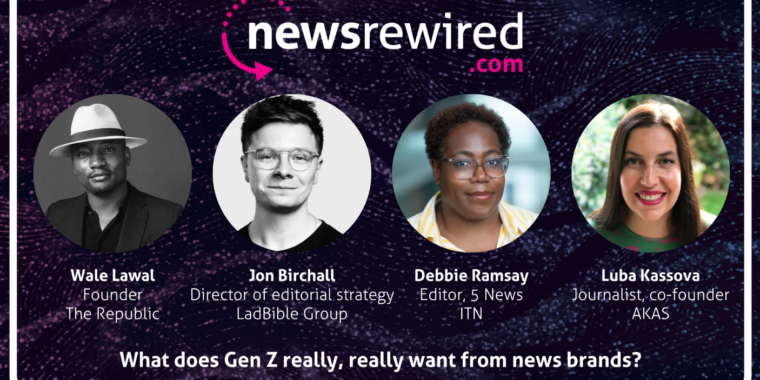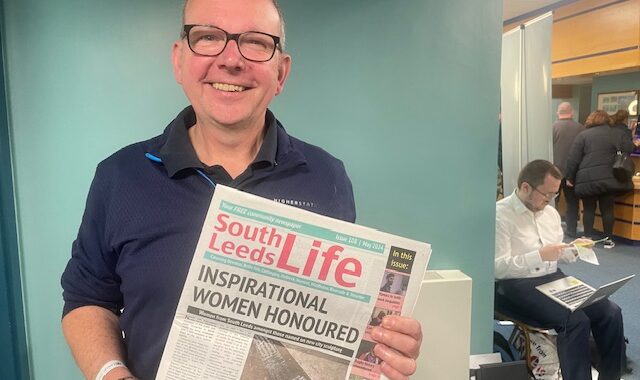Over the last 18 months my role in the ‘Media, Community and the Creative Citizen’ project has been to lead the strand of research investigating the value of hyperlocal publishing in the UK. To put it mildly, it’s been a busy time.
With another 12 months to go before the project draws to a close it’s worth reflecting on where we are and what we have achieved.
With a strong academic team from Cardiff University and Birmingham City University (where I am based), and with great support from our two external partners, Talk About Local and Ofcom, we have begun to get a clear sense of why hyperlocal matters.
That sense is partly evident from the research we’ve done in understanding the scale, scope and attributes of hyperlocal. My own research in trying to work out how many sites there are and how often they publish, revealed that there was a lot more going on than people expected (a story ‘every two minutes’).
Our content analysis, led by Dr Andy Williams, made the case that citizens were given a voice on these platforms, more perhaps than in the traditional press. Further, as Andy’s write-up says: “we know that hyperlocal audiences are getting a lot of information which in principle could be of civic value.”
But we’ve also seen the value that hyperlocal has to the people who do it. Our two case studies, in Cannock and Birmingham, have introduced us to ‘hyperlocalists’ with a genuine enthusiasm to tell stories about the communities they serve.
That enthusiasm, largely unrewarded financially, was also evident when the research team attended Talk About Local’s annual gathering in September. To the UK-wide delegates I asked the question: what digital, human, physical or relational ‘assets’ does a hyperlocal website need?
Unsurprisingly, ‘passion’ featured large in their replies. Indeed it was the stand-out reason why this group do what they do. Just as important were: resourcefulness, friends, family, decent wifi, digital skills (or friends with such skills) and a having gossipy landlord in your local pub (or other such useful story sources).
As we move into the later stages of our research – we have questionnaires and surveys planned – I’m keen that we account for this ‘passion’ in our write-up of the research. Without it this emergent scene is likely to fade away but in making sense of it we have a chance to communicate its values to a wider audience of policy-makers and funders who want to see a richer media landscape with democratic and civic values at its heart.
Image accompanying this post is copyright Anthony Easton.




